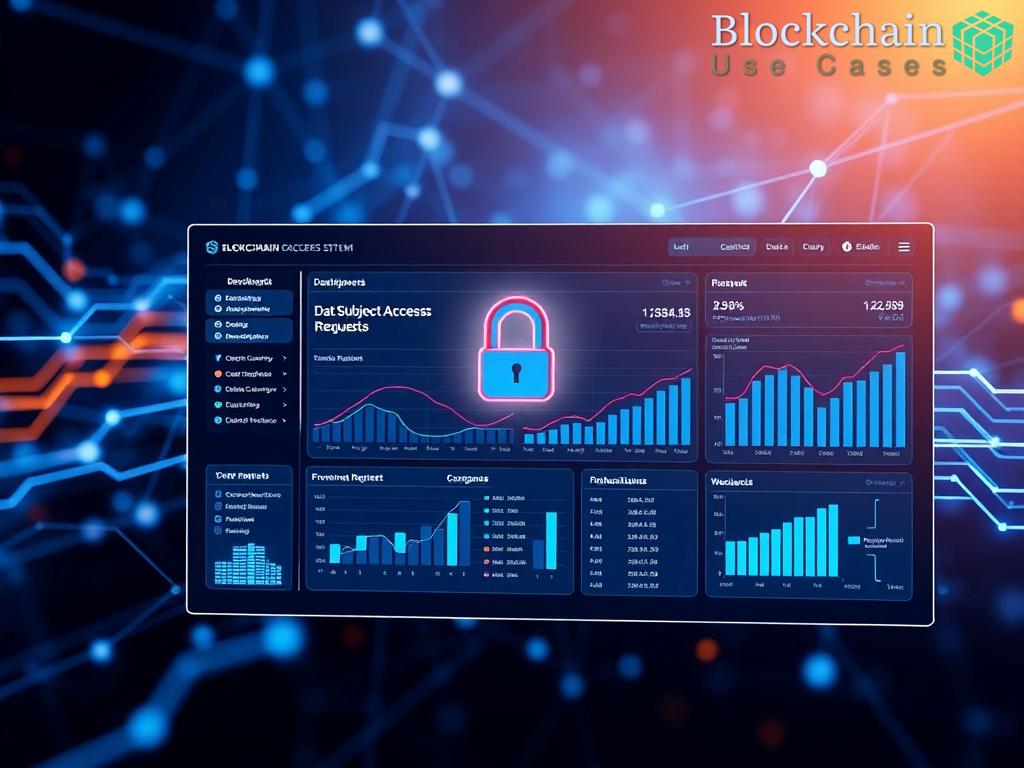Revolutionizing the Verification Process
![]()
In an era where data breaches and identity theft are rampant, the need for secure and efficient verification processes has never been more critical. Security clearances and background checks are essential for safeguarding sensitive information and maintaining organizational integrity. However, traditional methods often fall short in transparency and accountability. Enter blockchain technology—a revolutionary solution poised to transform how we track and verify security clearances.
With blockchain’s decentralized and immutable nature, organizations can create a transparent ledger that records every step of the clearance process. This not only enhances trust among stakeholders but also reduces the risk of fraud. Imagine a world where candidates’ credentials are securely stored, verified in real-time, and easily accessible to authorized personnel. This vision is rapidly becoming a reality.
Benefits of Blockchain in Security Clearances
![]()
Implementing blockchain technology in the realm of security clearances offers a plethora of advantages. From enhanced data security to streamlined processes, the potential benefits are vast and multifaceted.
- Enhanced Security: Blockchain’s cryptographic features ensure that sensitive information is securely stored and accessed only by authorized entities.
- Increased Transparency: Every transaction is recorded on a public or private ledger, providing a clear audit trail that can be accessed at any time.
- Streamlined Processes: Automated smart contracts can facilitate quicker verification processes, reducing the time it takes to complete background checks.
- Cost-Efficiency: By minimizing the need for intermediaries, organizations can significantly reduce costs associated with background checks.
Implementing Blockchain Solutions
As organizations begin to recognize the potential of blockchain for transparent tracking of security clearances, the next step is implementation. This involves careful planning and collaboration among various stakeholders, including HR departments, IT teams, and legal advisors. Here are key steps to consider:
- Identify Key Stakeholders: Engage with all relevant parties to ensure a comprehensive approach.
- Choose the Right Blockchain Platform: Evaluate various blockchain solutions to find the one that aligns with your organization’s needs.
- Design the System Architecture: Work with IT specialists to create a framework that accommodates necessary functionalities.
- Train Personnel: Ensure that all users understand how to interact with the new system effectively.
- Launch and Monitor: Roll out the system and continuously assess its performance for ongoing improvements.




